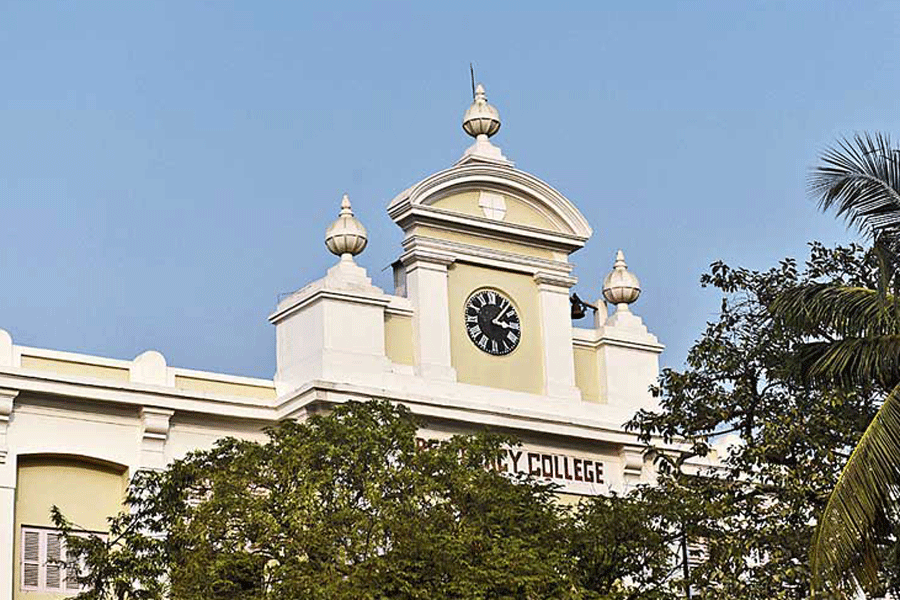Statistician Prasanta Chandra Mahalanobis passed away on this day. He authored the “Mahalanobis distance” and had a major role in strategising India’s Second Five-Year Plan (1956–61). He used statistics as a tool to improve the socioeconomic conditions of the young nation.
Born on June 29, 1893, Mahalanobis studied physics at Presidency College in Calcutta and went on to study physics and mathematics at the University of Cambridge, England. He was introduced to statistics there. On his return, he taught physics at Presidency, but his interest in statistics continued. He established the Indian Statistical Institute with others in Calcutta in 1932.
He invented a way of comparing two sets of data, which came to be known as the Mahalanobis distance. He introduced statistical methods for measuring crop yields and other agricultural parameters, and comparing different socioeconomic conditions.
He started the National Sample Survey in 1950. He set up the Central Statistical Organization. He was a member of the Planning Commission from 1955 to 1967. The Second Five-Year Plan was based on his mathematical model of the Indian economy, later known as the Mahalanobis model.
